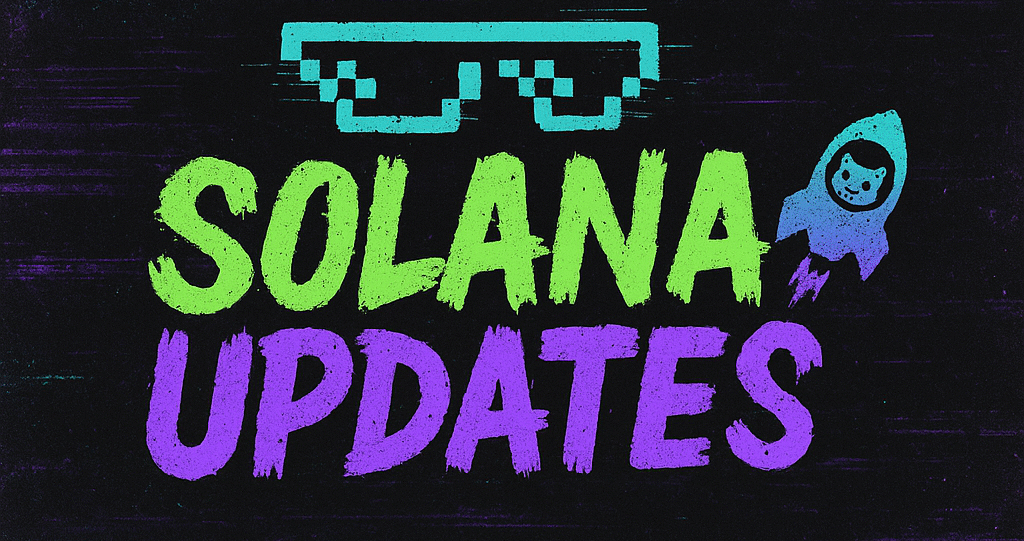The New Crypto Market Structure Draft: A Detailed Look
The Senate Agriculture Committee has taken a significant step towards shaping the future of cryptocurrency regulation in the United States with the release of a new draft text for market structure legislation. This move comes at a time when the crypto industry is in dire need of clearer regulatory frameworks amidst increasing global scrutiny and the rapid evolution of digital assets.
The draft legislation aims to address various pressing issues that have been the subject of debate among policymakers, industry leaders, and investors. Here’s a detailed breakdown of what’s included in this proposed framework and what it could mean for the future of the crypto market.
Key Highlights of the Draft
One of the primary goals of the draft is to provide a clear definition of what constitutes a digital asset and to distinguish them from traditional financial instruments. This is crucial for ensuring that both regulators and market participants have a common understanding of the assets being traded.
The draft also introduces measures to enhance transparency and accountability within the market. It mandates the registration of digital asset trading platforms with regulatory bodies, ensuring that these platforms adhere to stringent standards for security and consumer protection. Additionally, the draft emphasizes the importance of anti-money laundering (AML) and know-your-customer (KYC) protocols, which are designed to prevent illicit activities within the crypto space.
Impact on Market Participants
For cryptocurrency exchanges and trading platforms, the draft legislation could mean increased compliance costs and operational adjustments. These entities will need to implement robust systems to meet the proposed regulatory requirements, potentially leading to higher operational expenses. However, this could also foster greater confidence among investors, attracting more participants to the market.
For investors, the draft promises a more secure and transparent trading environment. By ensuring that exchanges are held to high standards, the legislation aims to protect investors from fraudulent activities and market manipulation.
Industry Reactions
The release of the draft has elicited a range of responses from the crypto community. Some industry leaders have praised the draft for its comprehensive approach to regulation, arguing that a well-defined legal framework is essential for the sustainable growth of the crypto industry. They believe that clear regulations will help legitimize digital assets and reduce the uncertainty that has long plagued the market.
However, there are also concerns that overly stringent regulations could stifle innovation and drive businesses to more crypto-friendly jurisdictions. Critics argue that the draft needs to strike a balance between regulation and innovation, allowing the industry to flourish while protecting consumers.
The Road Ahead
The draft is still in its early stages and will likely undergo several revisions before it is finalized. The Senate Agriculture Committee is expected to hold hearings and solicit feedback from industry stakeholders, regulators, and the public. This collaborative process aims to refine the legislation and ensure that it addresses the needs and concerns of all parties involved.
As the legislative process unfolds, it will be crucial for market participants to stay informed and engaged. The future of the crypto market hinges on the ability of regulators and industry leaders to work together to create a framework that fosters innovation while ensuring market integrity.
The release of this draft marks a pivotal moment in the evolution of cryptocurrency regulation. As the industry continues to grow and mature, the establishment of clear and fair market structures will be key to unlocking its full potential.
🛒 Recommended Product: Check out top-rated crypto gear on Amazon


